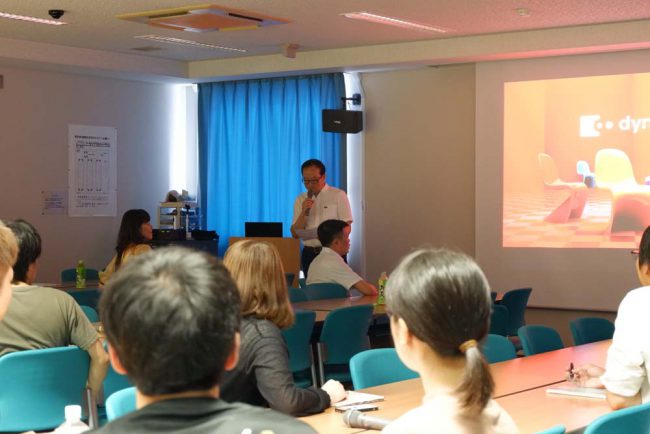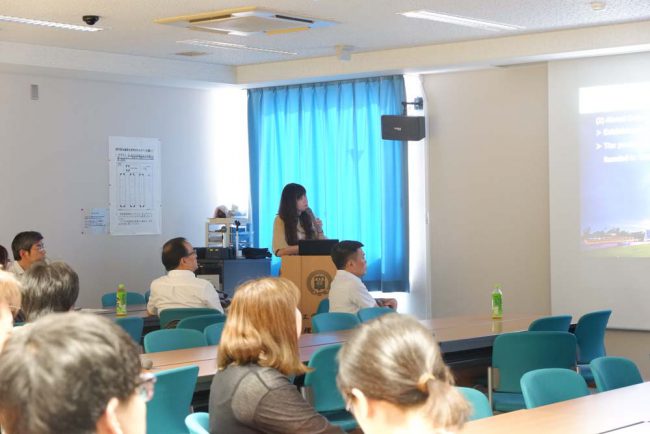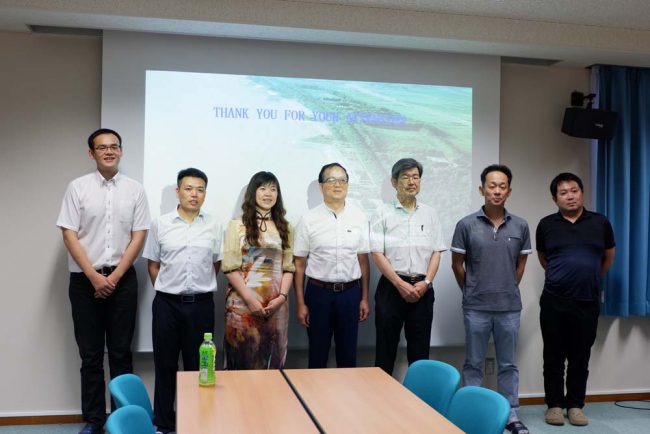SEMINAR
2019.08.10
29th LaMer Special Seminar “Environmental flows requirements of fishes in the lower reach of the Yellow River” was held on Aug 5th, 2019
29th LaMer Special Seminar “Environmental flows requirements of fishes in the lower reach of the Yellow River” was held as follows.
We deeply appreciate that we had lots of attendance.
Date: August 5th, 2019
Time: 16:00 –
Venue: Meeting room #674, Science Research Bldg 1
■Lecturer: Xiaohui Jiang1,2 and Angela Arthington3
1 Key Laboratory of Surface System and Environmental Carrying Capacity,
Xi’an 710127, China
2 Department of Environmental Engineering, College of Urban and Environmental
Science, Northwest University, Xi’an 710127, China;
3 Australian River Institute, Faculty of Environmental Sciences, Griffith University,
Nathan, Queensland 4111, Australia
■Abstract: The Yellow River in China is severely environmentally degraded as a result of a range of anthropogenic changes, most notably the regulation and extraction of surface water resources for irrigated agriculture. Environmental problems include decline of native fish, reduction of area of riverine wetlands, water quality degradation and so on. There is a growing awareness and understanding of the need to allocate water along a river to maintain ecological processes that provide goods and services. The government is committed to improving the state of the environment in the Yellow River, and ensure the river health. In recent years, many studies have been done to recommend environmental flow for the Yellow River in China. However, most of these studies have not considered the flow requirements of aquatic and riparian biota in any systematic manner. In this paper, holistic methodologies are used to recommend the environmental flow for fish in the lower Yellow River. The basic steps are following: Firstly, get the flow-related information on selected fish in the lower Yellow River, including fish species composition, abundance and habitat use in relation to flow conditions. Then develop a conceptual model linking the selected fish to key aspects of the flow regime. This conceptual model provides a means of communicating important linkages between the fish and specific flow related processes that must be maintained in order to protect those fish. Thirdly, identified the environmental flow objectives. Fourthly, use hydraulic and hydrologic models to determine the magnitude, duration, frequency and timing of flows required to meet these objectives. Finally, describe the ecological consequences of several scenarios of flow management and to indicate the risk of ecological harm to fishes for each scenario.
■Language: English
■No advanced registration, no fee for attending.




